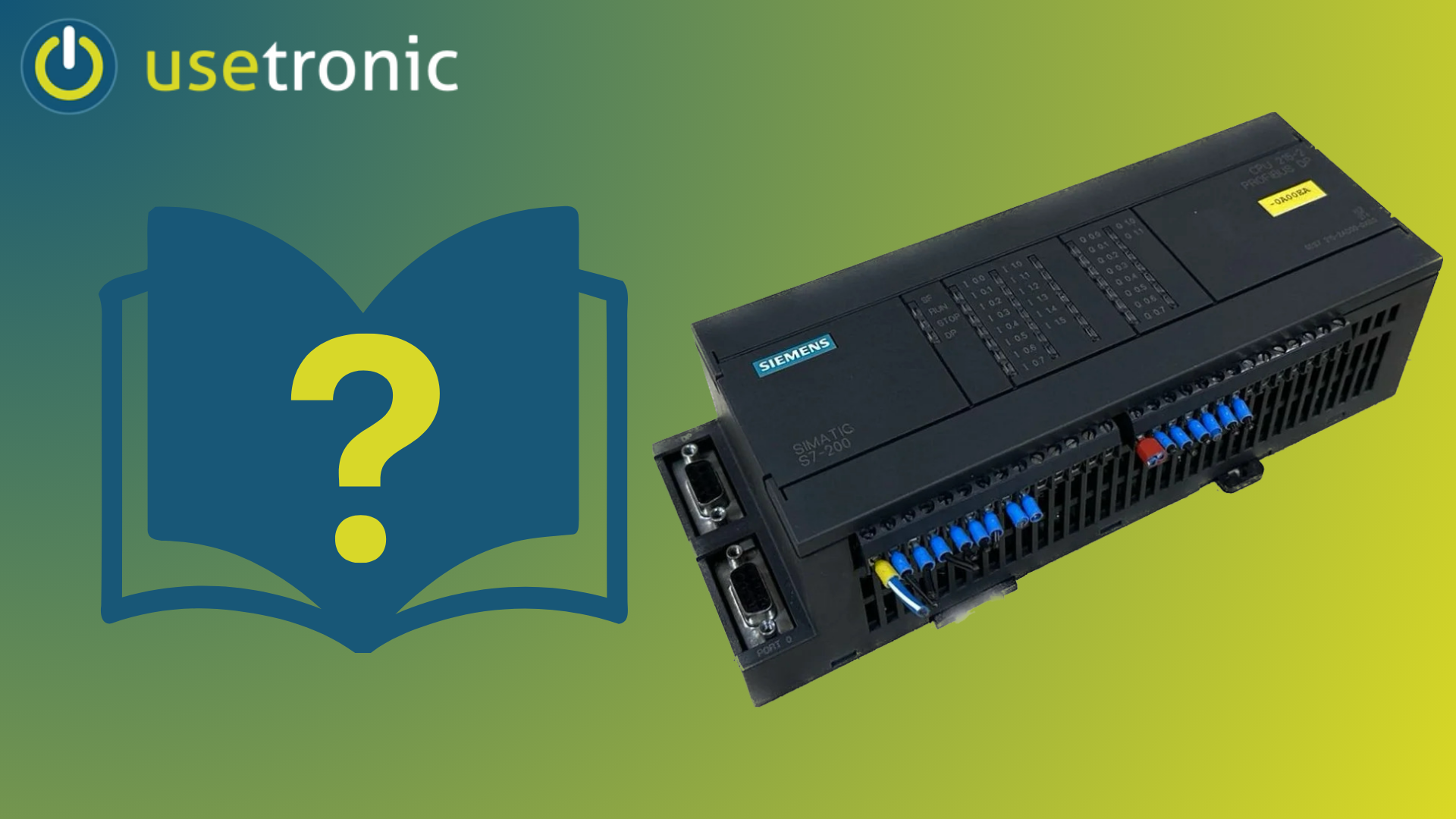Explanation
A rotary encoder, also known as an encoder, is an electronic device used to detect the rotational movement or position of a mechanical component and convert it into electrical signals. It is widely used in industrial applications, automation systems, robotics, CNC machines, motor controls and other applications where precise measurements of rotary motion or position are required.
There are different types of rotary encoders including:
1. Incremental Encoders: Incremental encoders sense relative rotary motion and output pulses that can be counted to determine the number of revolutions and speed of rotation. However, they do not provide absolute position information and therefore require a reference mark or zero position to determine absolute position.
2. Absolute rotary encoders: Absolute rotary encoders output a unique code for each position, which indicates the absolute position of the rotary encoder. This allows the exact position to be determined without referencing, even if the rotary encoder was switched off in the meantime.
3. Incremental Absolute Encoders: This type of encoders combines the characteristics of incremental and absolute encoders by using a reference mark for absolute positioning while outputting incremental pulses for relative rotary movement.
Rotary encoders are of great importance in many applications as they enable precise measurements of rotary motion or position. They are often used in industrial automation systems to monitor and control the position of motors, axes or moving parts. Their ability to accurately sense position helps improve the control and precision of machines and systems.

What use do they have for industry?
Servo controllers are used in industry for precise motion control tasks. Here are some of the main uses:
-
CNC Machines: In CNC milling machines, CNC lathes and other CNC controlled machine tools, servo controllers are used to precisely control the movement of the axes in order to machine complex workpieces with high accuracy.
-
Robotics: Servo controllers are used in robots to precisely control the joints and movements of the robot's arms. This enables the precise positioning and movement of robots in industrial assembly and handling tasks.
-
Assembly Lines: In automated assembly lines, servo controllers are used to control the movement of conveyors, grippers, and other moving parts. This achieves smooth and precise material handling.
-
Packaging machines: Servo controllers play an important role in packaging machines to ensure precise control of cutting and sealing movements and to optimize the packaging processes.
-
Textile Machinery: In the textile industry, servo controllers are used to precisely control the speed and tension of fabrics to ensure high quality textile products.
-
Medical: In medical technology, servo controllers are used in devices such as medical scanners, precision surgical robots, and other medical devices to provide precise movement and positioning.
-
Printing and paper converting: In printing machines and paper converting plants, servo controllers are used to precisely control the movement of printheads, rollers and other components to ensure high print quality and productivity.
These are just a few examples of the diverse applications of servo controllers in industry. In every application, they help to precisely control motion sequences, optimize production processes and increase efficiency. Their ability to accurately position and control speed makes them an indispensable part of modern automated industrial applications.




